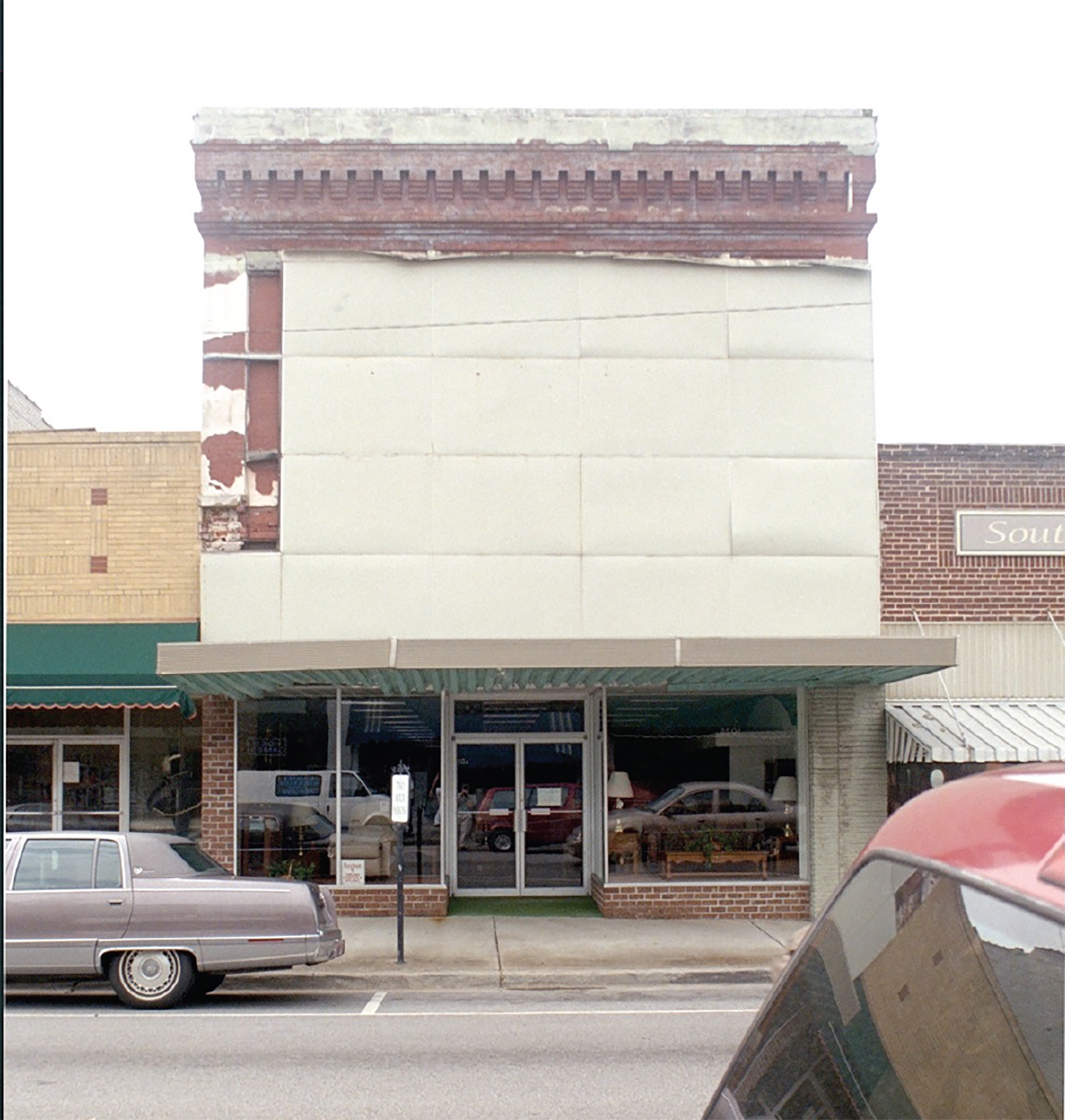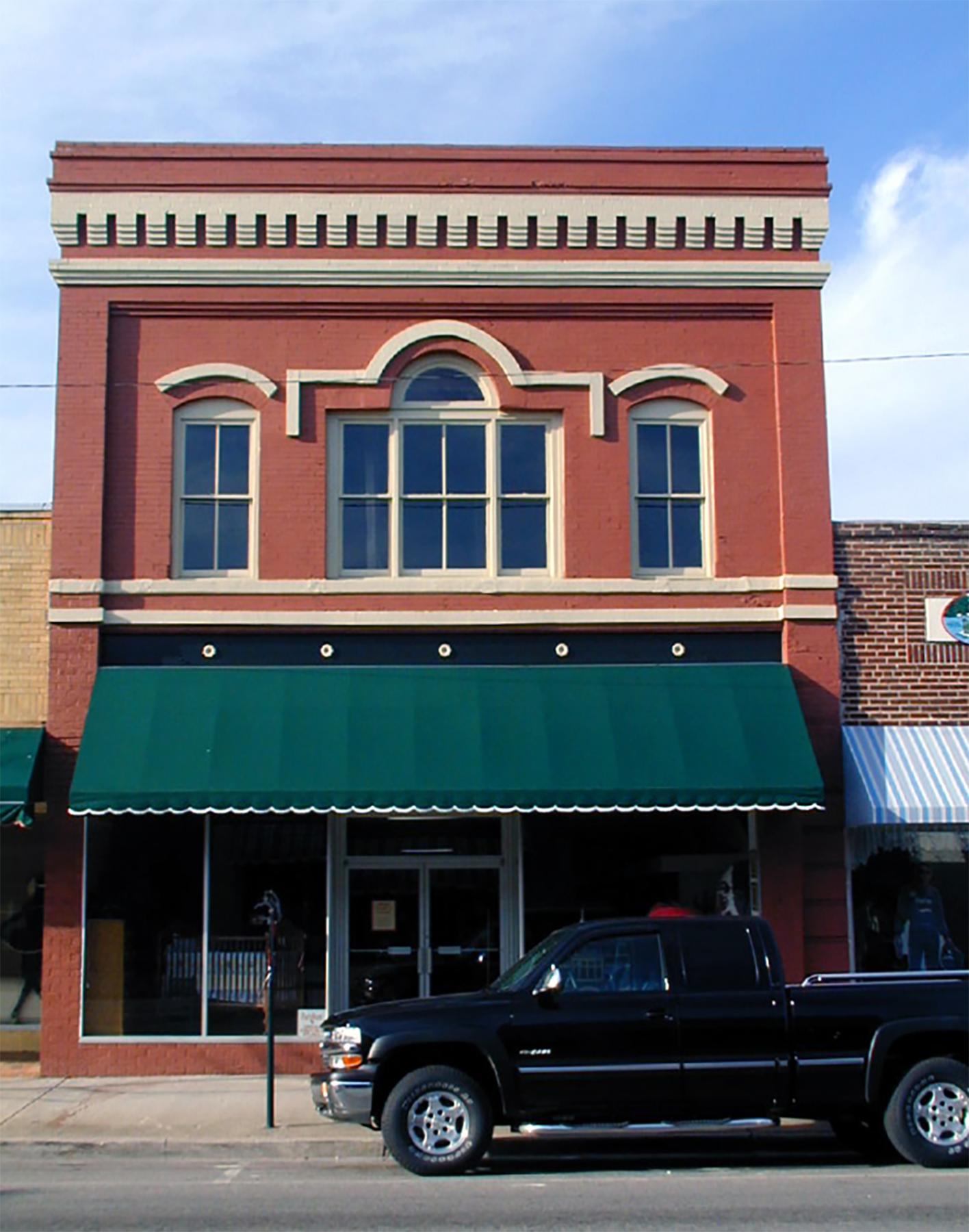First impressions of a person — the perception and judgment of their characteristics, personalities and behaviors — can be formed within three seconds of meeting a person.
Perceptions of a city or town are no different, according to Randy Wilson, president of Community Design Solutions. They are a critical place where visitors form those perceptions is the downtown core, which usually contains the most historic and most distinctive commercial structures in the community.
“While there are other things that play into this perception, such as gateway signage, the streetscapes, the landscaping, and the presence or not of trash, I would argue that our facades, our buildings, play an especially important role,” he said.
Wilson covered the architectural basics of historic storefronts at a recent meeting of the local directors of Main Street South Carolina, the state’s downtown development technical assistance program. The meeting helped attendees better understand both the stock of buildings in their downtown and the aspects that Main Street directors and design review boards should consider when preserving or restoring storefronts.


Randy Wilson's design work has included the restoration of this
storefront facade on downtown Conway's Third Avenue.
Photos: Randy Wilson, Community Design Solutions.
While the owners of aging storefronts around South Carolina have in past decades sought to cover over maintenance problems with plaster, metal slipcovers or modern hardware that clashes with the building’s original design, a growing appreciation of restored facades in recent history have led numerous cities and towns to use architectural review boards to protect the appearance of buildings, or offer facade improvement grants to help owners address appearance concerns.
Building owners who care for a commercial building’s façade need to pay attention to two key parts: the eye-level storefront and the upper facade. The storefront on the first floor typically will have display windows and possibly a recessed entryway that allows for more display space. The upper facade is typically the location of windows, and especially in the case of historic storefronts, a decorative cornice — a horizontal molding that tops the building.
“In some buildings, the cornice is simple. It can just be a brick detail. In others, it’s an ornamental piece,” Wilson said. “One of the first things we learned in architecture school is that two most important places in the life of a building is where it meets the street and where it meets the sky. The importance of the street is because that’s where the human being interacts with building. The importance of the sky is because this is where the building terminates.”
Wilson also touched on storefront restorations in a way that acknowledge both the history of the building and the design principles of architecture — for example, awnings should not completely cover masonry piers, which are the vertical sections of brickwork that surround windows. This is because they show how the structure is supported; a visible support structure is more visually coherent and inviting than a concealed element.
In all cases, preserving storefronts can help cities hold on to an important part of what makes their communities unique and memorable.
“Newer buildings or franchise architecture [types of] buildings tend to be fairly similar,” Wilson said. “But the thing that absolutely distinguishes Walterboro from Florence, from Hartsville, is both the assemblage of and the style of the buildings that are deposited in our downtowns. That’s why is behooves us, especially in Main Street circles, to preserve, maintain and enhance our historic structures. They are our most distinctive calling cards.”
Learn more about Main Street South Carolina.
